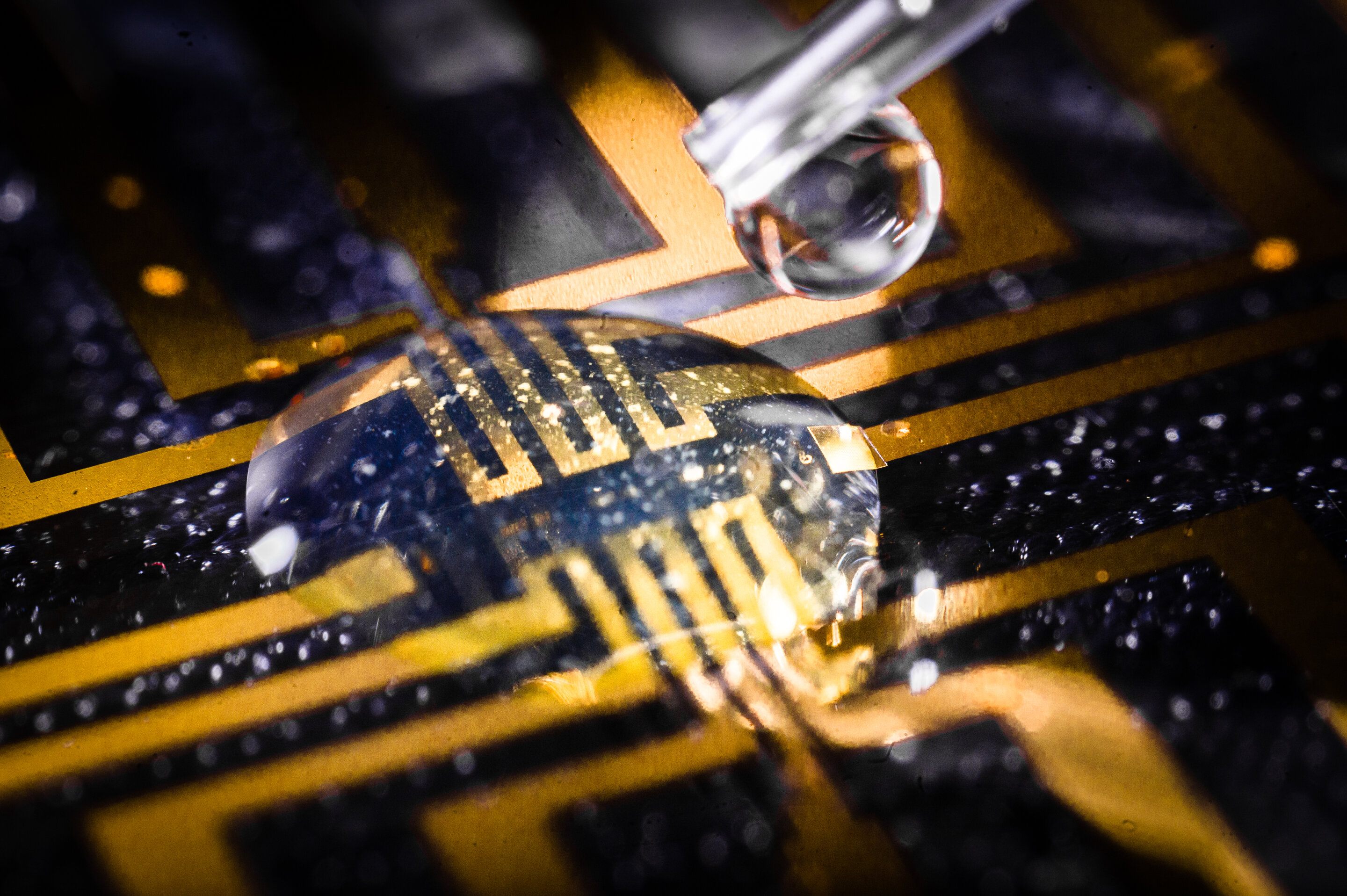Electrodes grown in the brain: Paving the way for future therapies for neurological disorders
Date: 24.2.2023
The boundaries between biology and technology are becoming blurred. Researchers at Linköping, Lund and Gothenburg universities in Sweden have successfully grown electrodes in living tissue using the body's molecules as triggers. The result, published in the journal Science, paves the way for the formation of fully integrated electronic circuits in living organisms.
 "For several decades, we have tried to create electronics that mimic biology. Now we let biology create the electronics for us," says Professor Magnus Berggren at the Laboratory for Organic Electronics, LOE, at Linköping University.
"For several decades, we have tried to create electronics that mimic biology. Now we let biology create the electronics for us," says Professor Magnus Berggren at the Laboratory for Organic Electronics, LOE, at Linköping University.
To bridge this gap between biology and technology, researchers have developed a method for creating soft, substrate-free, electronically conductive materials in living tissue. By injecting a gel containing enzymes as the "assembly molecules," the researchers were able to grow electrodes in the tissue of zebrafish and medicinal leeches.
"Contact with the body's substances changes the structure of the gel and makes it electrically conductive, which it isn't before injection. Depending on the tissue, we can also adjust the composition of the gel to get the electrical process going," says Xenofon Strakosas, researcher at LOE and Lund University and one of the study's main authors.
The body's endogenous molecules are enough to trigger the formation of electrodes. There is no need for genetic modification or external signals, such as light or electrical energy, which has been necessary in previous experiments. The Swedish researchers are the first in the world to succeed in this..
Image source: Thor Balkhed.























